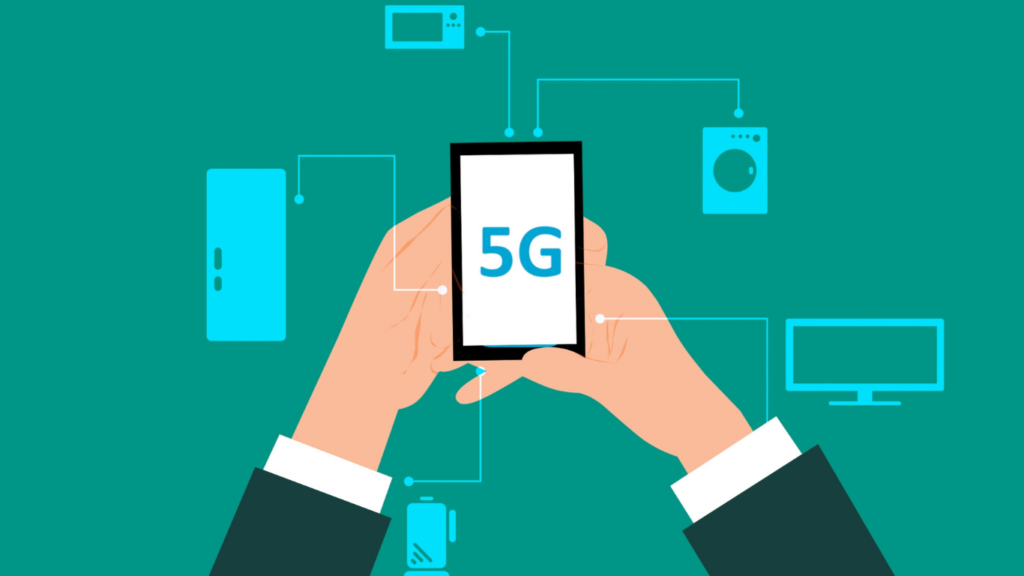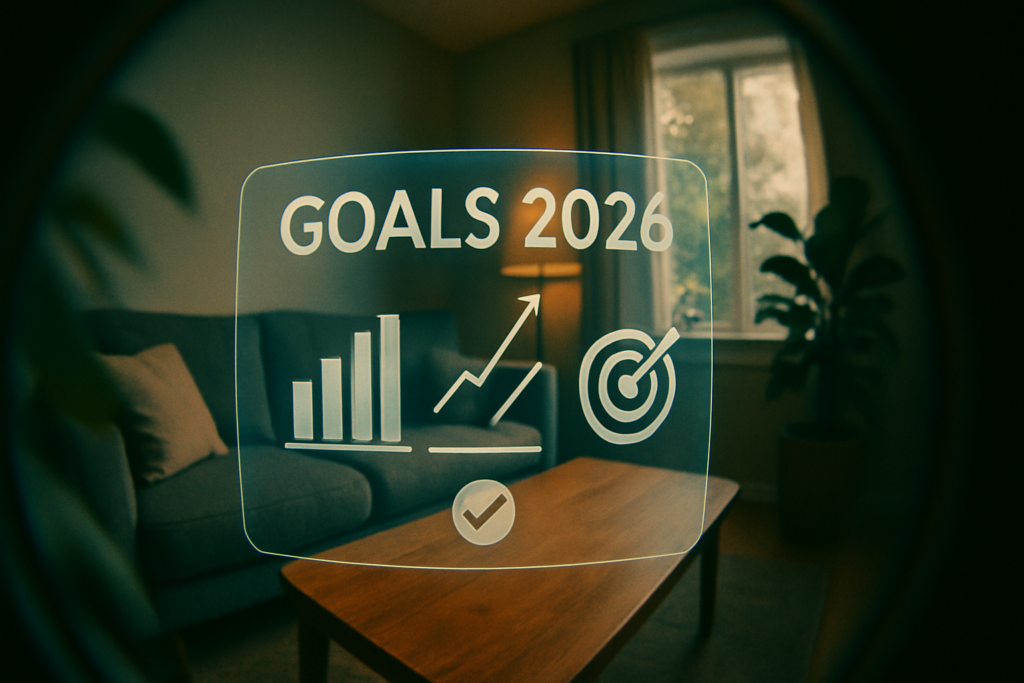As an educator, I’ve witnessed firsthand the transformative power of Augmented Reality (AR) in shaping modern learning environments. AR technology has revolutionized the way students engage with educational content, offering immersive and interactive experiences that cater to diverse learning styles.
In this article, I’ll delve into the impact of AR in education and how it enhances learning experiences for students of all ages. By integrating AR applications into the curriculum, educators can create dynamic lessons that spark curiosity and deepen understanding.
From virtual field trips to interactive simulations, AR opens up a world of possibilities for making complex concepts more accessible and engaging. As I explore the benefits of AR in education, you’ll discover how this innovative technology is reshaping the future of learning, equipping students with the skills they need to thrive in a rapidly evolving digital landscape.
Overview of AR in Education
Exploring the application of Augmented Reality (AR) in education reveals its impactful role in transforming traditional learning methods. AR technology immerses students in interactive experiences, enhancing their engagement and comprehension levels.
Integrating AR into the curriculum enables educators to design dynamic lessons that ignite curiosity and facilitate deeper understanding through virtual field trips and interactive simulations. The utilization of AR in education not only benefits students but also reshapes the future of learning, equipping them with essential skills for success in a digitally-driven world.
Benefits of Using AR in Learning
Using Augmented Reality (AR) in education offers a myriad of benefits that significantly enhance the learning experience. Let’s explore how AR technology transforms education by improving engagement, enhancing interactivity, and providing real-world applications.
Improved Engagement
- Increased Engagement:
AR introduces interactive elements such as 3D models and immersive simulations, capturing students’ attention and making learning more exciting and memorable. - Enhanced Focus and Participation:
The use of AR leads to heightened student engagement, resulting in improved focus and greater participation in classroom activities.
Enhanced Interactivity
When incorporating AR tools into lessons, I’ve noticed a notable increase in student interaction with the learning materials. AR fosters a hands-on learning approach where students can manipulate virtual objects, explore complex concepts in a visual manner, and actively participate in the learning process.
This interactivity not only deepens understanding but also encourages collaboration among peers.
Real-World Applications
One of the key advantages of using AR in education is its ability to connect classroom learning to real-world applications. Through AR-enhanced field trips and simulations, students can bridge the gap between theoretical knowledge and practical experiences.
This immersive learning approach equips students with valuable skills that are directly applicable to various industries, preparing them for success in a rapidly evolving digital landscape.
Challenges and Limitations
When considering the integration of AR in education, a notable challenge is the varying access to technology among students and educational institutions. Some students may not have personal devices capable of running AR applications, limiting their participation in AR-enhanced lessons.
Additionally, not all schools have the resources to provide devices or access to AR technology, creating disparities in learning opportunities based on technological access.
Infrastructure Impediments
Institutions may face infrastructure limitations when implementing AR technology, such as outdated network capabilities or insufficient hardware resources. Slow internet connections can hinder the smooth operation of AR applications, affecting the overall learning experience.
Moreover, inadequate hardware, like older devices or limited storage capacity, may pose obstacles to running AR software effectively, impacting the quality of educational content delivered through AR.
Training and Support Needs
Another challenge lies in the training and support required for educators to effectively utilize AR in their teaching practices. Teachers may lack the necessary skills and knowledge to integrate AR technology seamlessly into their lessons, resulting in underutilization of its potential benefits.
Adequate training programs and ongoing support are essential to empower educators in leveraging AR for enhanced learning experiences and student engagement.
Best Practices for Implementing AR in Education
Reflecting on effective strategies for integrating Augmented Reality (AR) in educational settings, I point out essential guidelines to optimize the implementation of AR technology for enriching learning experiences and maximizing student engagement.
Set Clear Learning Objectives
Define precise educational goals to align AR applications with the curriculum. Ensure that AR experiences are designed to enhance specific learning outcomes and foster critical thinking skills.
Provide Adequate Training
Offer comprehensive training sessions for educators to familiarize them with AR tools and resources. Empower teachers to utilize AR effectively in classroom environments and adapt teaching methodologies to leverage AR’s interactive capabilities.
Ensure Accessibility and Inclusivity
Address technological disparities by ensuring equal access to AR devices and applications for all students. Implement strategies to accommodate diverse learning styles and ensure that AR content is inclusive and accessible to every learner.
Integrate Real-World Applications
Incorporate real-world examples and scenarios into AR experiences to bridge the gap between theoretical knowledge and practical application. Enable students to explore concepts in a tangible and interactive manner, fostering deeper understanding and retention of information.
Encourage Collaborative Learning
Promote collaborative projects and group activities that leverage AR technology to encourage teamwork and communication skills. Foster a collaborative learning environment where students can interact, engage, and learn from each other through shared AR experiences.
By implementing these best practices, educators can harness the full potential of Augmented Reality in education, creating enriched learning environments that stimulate curiosity, creativity, and meaningful engagement among students.
Future of AR in Educational Settings
Expanding on the application of Augmented Reality (AR) in education, I believe that the future holds tremendous promise in transforming learning experiences. AR technologies are continuously evolving, opening up new possibilities for immersive and personalized learning environments.
In the coming years, I envision AR becoming more integrated into mainstream educational settings, offering students a dynamic and engaging way to interact with course material. As AR applications become more sophisticated and accessible, educators will have a broader range of tools at their disposal to create interactive lessons that cater to diverse learning styles.
Furthermore, as AR technology becomes more affordable and user-friendly, I anticipate a wider adoption rate in schools and universities. This increased accessibility will democratize the use of AR in education, bridging the gap between technological disparities among institutions and ensuring that all students have equal opportunities to benefit from these immersive learning experiences.
Moreover, advancements in AR hardware and software will lead to the development of innovative educational applications that push the boundaries of traditional teaching methods. Imagine students being able to explore ancient civilizations through AR simulations or conduct virtual science experiments in a safe and controlled environment.
These experiential learning opportunities have the potential to revolutionize how students engage with and retain complex concepts. The future of AR in educational settings is bright, with the technology poised to redefine the traditional classroom experience and empower students with the skills they need to thrive in an increasingly digital world.
By embracing AR as a tool for personalized learning and knowledge acquisition, educators can create enriching and meaningful learning environments that inspire curiosity, creativity, and collaboration among students.



